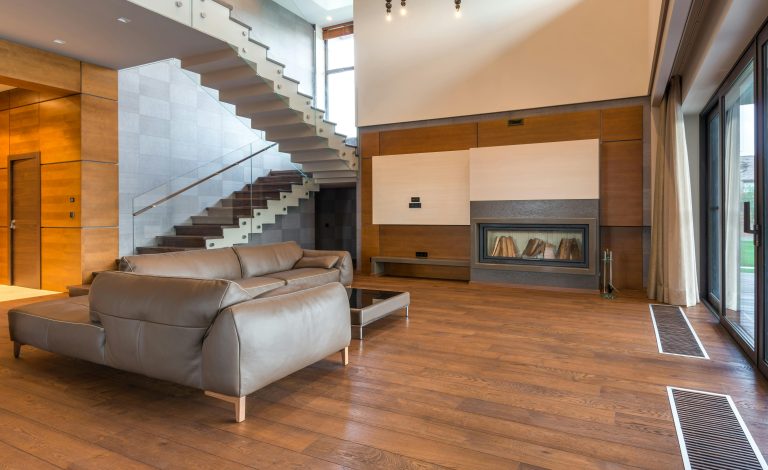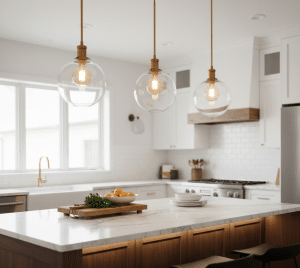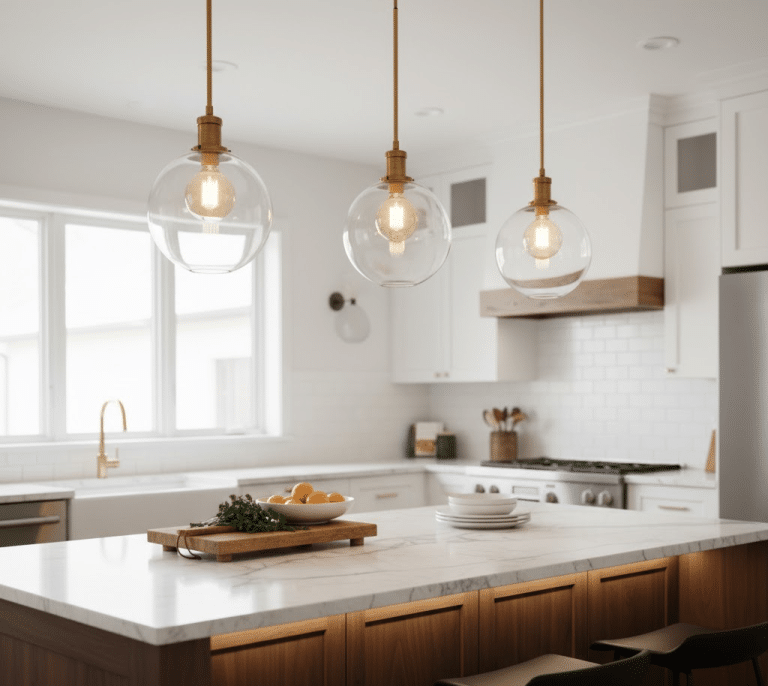Home renovations can significantly enhance the value, functionality, and aesthetics of your property. Whether you are planning a minor update or a major overhaul, funding your project with the right option, such as a HELOC loan or other financing, is one of the most important decisions you will face. Choosing the right financing option ensures that you can complete your home upgrade without stretching your budget or taking on unnecessary debt. In this article, we’ll explore some popular home financing options to help you determine which is best for your next project.
Understand Your Home Improvement Goals
Before you dive into choosing a financing option, it’s essential to have a clear understanding of your home improvement goals. This will guide your decisions throughout the project, including the choice of funding.
Define Your Project: Consider whether your renovation is a minor upgrade or a larger, more complex remodel. Simple improvements like updating your kitchen countertops or painting walls might not require substantial financing. On the other hand, major renovations such as adding a new room or updating plumbing and electrical systems could demand a more significant investment.
Estimate Costs: A good starting point is to estimate the costs of your project. Depending on the type of work involved, this could range from a few hundred dollars for small repairs to tens of thousands for more extensive renovations. Once you have an estimate, you’ll be in a better position to choose the financing option that fits your needs.
Popular Home Financing Options
There are several ways to finance your home improvement project, each with its own benefits and considerations. Let’s look at the most common options:
1. Personal Loans
Personal loans are often a good option for smaller home improvement projects. With a fixed interest rate and predictable monthly payments, personal loans offer clarity and ease. This type of loan doesn’t require you to use your home as collateral, which can be appealing if you don’t want to risk your property.
Pros:
- Quick and easy approval process.
- No need for home equity.
- Fixed interest rates for easier budgeting.
Cons:
- Higher interest rates compared to secured loans.
- Loan amounts may be limited, making them less suitable for large projects.
2. Home Equity Loans
A home equity loan allows you to borrow against the equity you’ve built in your home. This type of loan typically offers a lump sum payout and fixed interest rates, which makes it an attractive option for homeowners who know the full cost of their renovation project.
Pros:
- Lower interest rates compared to personal loans or credit cards.
- Predictable, fixed monthly payments.
- Large loan amounts available, depending on your home equity.
Cons:
- Requires home equity, so it’s not an option for homeowners with little or no equity.
- Your home is used as collateral, so if you default on the loan, your property could be at risk.
3. HELOC
A Home Equity Line of Credit is a flexible option for homeowners who need access to funds over time. Instead of receiving a whole amount like a home equity loan, a HELOC works more like a credit card, allowing you to borrow and repay funds as needed, up to a predetermined credit limit.
HELOCs are ideal for projects that are ongoing or require phased financing, such as long-term renovations or seasonal home improvements. With a HELOC, you can draw funds when needed, pay them back, and then borrow again, providing flexibility throughout the course of your project.
Pros:
- Flexible borrowing, withdraw funds as needed.
- Typically lower interest rates than credit cards or personal loans.
- Can be used for ongoing or multi-phase projects.
Cons:
- Variable interest rates, meaning your monthly payments could fluctuate.
- Your home is used as collateral, so failing to repay could put your property at risk.
May require significant home equity to qualify.
4. Credit Cards
For smaller, less expensive home improvement projects, using a credit card might be a viable option. This is ideal for DIY tasks or quick repairs where the overall cost is manageable.
Pros:
- Convenient and fast access to funds.
- Can earn rewards or cash back (depending on the card).
Cons:
- High interest rates if the balance isn’t paid off quickly.
- Potential for debt accumulation if you’re unable to pay off the balance in full each month.
5. Cash-Out Refinancing
Cash-out refinancing involves refinancing your existing mortgage for a larger amount than what you owe, then taking the difference in cash to fund your renovation. This is often a good option for homeowners with significant equity in their homes.
Pros:
- Low interest rates compared to other options.
- Long repayment terms, making monthly payments more affordable.
Cons:
- Your mortgage term may be extended, meaning you’ll pay off the loan over a longer period.
- Closing costs and fees can be significant.
- Your home is used as collateral.
Factors to Consider When Choosing a Funding Option
When choosing a financing option, there are several key factors to keep in mind:
Interest Rates
Interest rates vary significantly between loan types. Generally, home equity loans and HELOCs offer lower rates compared to personal loans or credit cards, making them a more affordable option for larger projects. If you qualify for a low rate, these options can save you a significant amount of money in the long run.
Repayment Terms
Repayment terms are another critical consideration. Personal loans typically offer fixed monthly payments over a short term, while home equity loans and HELOCs may offer longer repayment periods. Think about what monthly payment fits your budget and how long you’re comfortable committing to repaying the loan.
Amount Needed
The amount you need to borrow will often dictate which option is best. Personal loans and credit cards tend to have lower borrowing limits, while home equity loans and HELOCs can allow you to access larger sums, especially if you have significant home equity.
Risk Level
Each financing option comes with a different level of risk. Personal loans are generally unsecured, meaning they don’t put your property at risk. In contrast, home equity loans, HELOCs, and cash-out refinancing use your home as collateral. If you’re not confident in your ability to repay the loan, consider whether the risk of using your home as collateral is something you’re comfortable with.
When to Seek Professional Advice
If you’re unsure which financing option is right for you, it can be helpful to consult with a financial advisor or loan officer. They can help you assess your current financial situation and recommend the best option based on your goals and budget. A professional can also help you understand the long-term implications of your decision, including how it might affect your credit score or overall financial health.
Conclusion
Choosing the right financing option for your home improvement project can feel like navigating a maze, but with the right information and planning, it doesn’t have to be overwhelming. Whether you’re looking to make small, impactful updates or take on a full-scale renovation, understanding your financial options is key to success.
Remember, each financing method has its unique benefits and risks. The trick is finding the one that best aligns with your project’s scope, your budget, and your long-term financial goals. A little extra research can go a long way in making your renovation not just a dream, but a reality that enhances both your home’s value and your enjoyment.
At the end of the day, the right funding option should feel like a smart, seamless part of your renovation journey, helping you build the home you’ve always envisioned without putting unnecessary strain on your wallet. So, take the time to weigh your options, and get ready to transform your living space with confidence!













